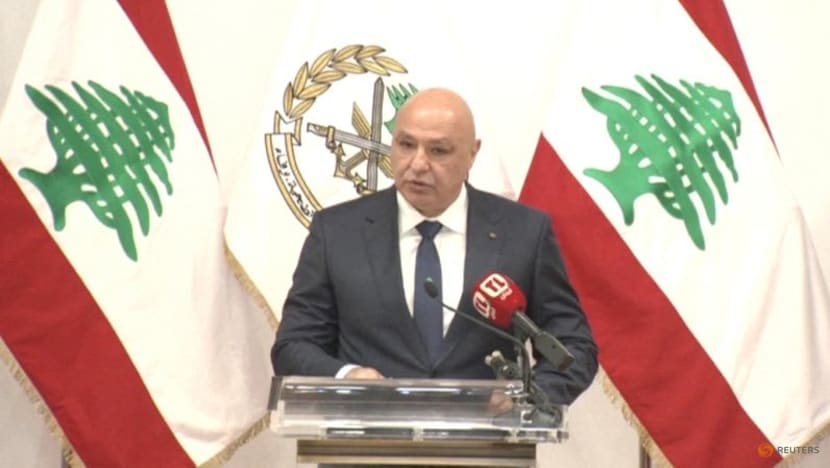US plan proposes Hezbollah disarmament by year-end, Israeli withdrawal

BEIRUT: The United States has presented Lebanon with a proposal that would see the disarmament of Hezbollah by the end of 2025, halt Israeli military operations on Lebanese soil, and lead to a phased Israeli withdrawal from five positions in southern Lebanon, according to a Lebanese cabinet agenda reviewed by Reuters.
The plan, submitted by US President Donald Trump’s regional envoy Tom Barrack, outlines the most detailed steps yet to neutralise the Iran-backed Hezbollah group, which has faced increasing domestic and international pressure to disarm since last year’s war with Israel.
CABINET DEBATES OBJECTIVES, NOT TERMS
Following a Cabinet meeting on Thursday (August 7), Lebanese Information Minister Paul Morcos confirmed the government had approved the objectives of the US plan but had not discussed its full contents.
“We did not delve into the details or components of the US proposal. Our discussion and decision were limited to its objectives,” Morcos said.
The goals outlined in the proposal include the elimination of armed non-state actors such as Hezbollah, the deployment of Lebanese government forces to key internal and border areas, Israeli withdrawal from five occupied positions in the south, resolution of prisoner issues through indirect negotiations, and final demarcation of Lebanon’s borders with Israel and Syria.
The US State Department did not immediately respond to a request for comment. The Israeli prime minister’s office also declined to comment, while Israel’s defence ministry had yet to issue a statement at the time of publication.
Hezbollah has not formally responded, but three political sources told Reuters that the group’s ministers and allied Shi’ite representatives withdrew from the Cabinet session in protest over the discussions.

US PLAN DIVIDED INTO FOUR PHASES
According to the plan, Phase 1 would require Lebanon’s government to issue a formal decree within 15 days pledging to fully disarm Hezbollah by Dec 31, 2025. In parallel, Israel would halt all military operations by land, air and sea.
Phase 2, which would begin within 60 days, calls for Lebanon to begin implementing a disarmament programme, including a Lebanese army deployment plan to take control of all weapons under state authority. Israel would begin withdrawing from positions in the south and release Lebanese prisoners in coordination with the International Committee of the Red Cross.
Phase 3, set for 90 days from the start of the plan, would see Israel complete its withdrawal from the remaining two positions it holds. This phase would also initiate rubble removal and infrastructure repairs in Lebanon as preparation for post-conflict reconstruction.
In Phase 4, by Day 120, Hezbollah’s remaining heavy weapons, including drones and missile systems, would be dismantled. That phase would also feature the launch of an international economic conference co-hosted by the United States, Saudi Arabia, France, Qatar and other allies.
The conference would aim to revive Lebanon’s battered economy and implement what the document calls “President Trump’s vision for the return of Lebanon as a prosperous and viable country”.
CEASEFIRE FRAGILITY PROMPTS URGENCY
The US proposal seeks to reinforce and stabilise a ceasefire agreement between Israel and Lebanon brokered in November, after major hostilities between Israeli forces and Hezbollah.
“The urgency of this proposal is underscored by the increasing number of complaints regarding Israeli violations of the current ceasefire, including airstrikes and cross-border operations, which risk triggering a collapse of the fragile status quo,” the proposal reads.
Israel’s offensive last year inflicted major losses on Hezbollah after the group launched attacks across the border in October 2023 in support of Hamas at the outset of the Gaza war. The conflict escalated rapidly, with Israel and Hezbollah engaging in their most intense exchanges since the 2006 war.
The Lebanese government has so far taken a cautious position, endorsing only the stated goals of the proposal without agreeing to a timeline or enforcement mechanism.












